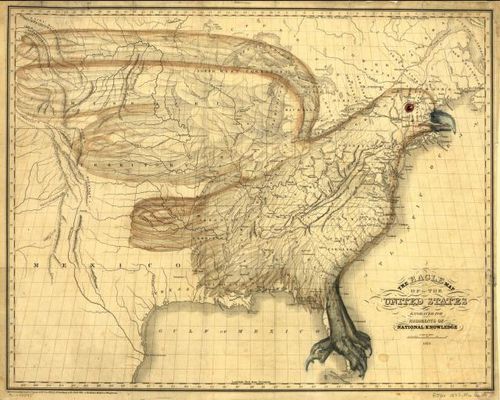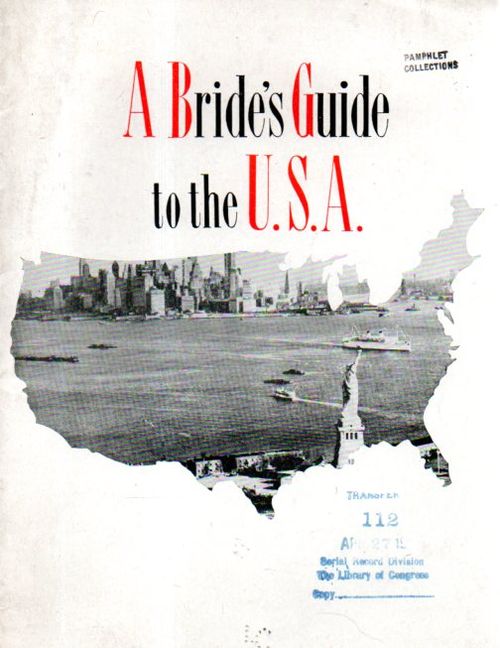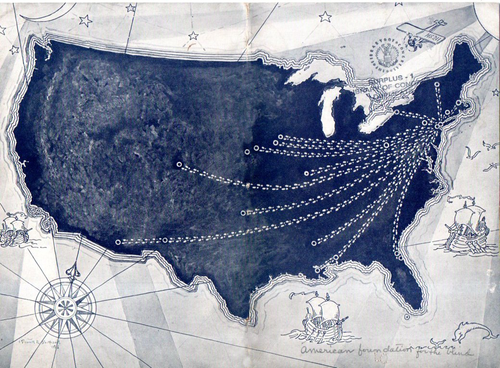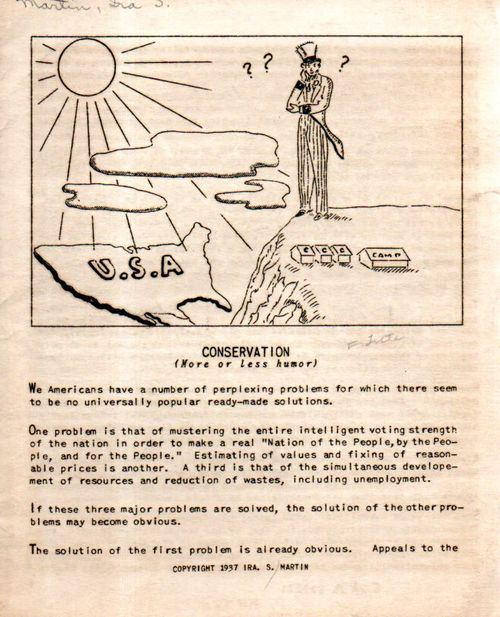JF Ptak Science Books Post 2162 An offshoot of the Unintentional Absurdist series
After all of this time on this blog--six years now and 3,000 posts--I think that I would have paid more attention to Unintentional and Unexpectedly Odd Maps of America that bobble up here and about in the home collection. The are odd and strange maps though none really relegated to America--there are strange maps of NYC (as in NYC being disappeared, or lifted by strange anti-gravity implements to float serenely above its hollowed ground below)--but none of the entire country. And so a few have come up, unexpected and unusual things, though not so much in and of themselves, but separately. What I mean to say is that the maps (for the large part) make sense with regards to their texts--not terribly much though without. And so, here are the first few (and brief) examples:
This rather strange example was printed as the covers of a pamphlet in 1928 and comes from the American Foundation for the Blind, simply showing the progression of the agency's representatives extending out beyond the originating point of New York City, though on first sight the map is very unusual, and naively odd.
This sort of map in the "Unexpected" category differs from the intentional oddness of maps like (the very recent) map of the U.S. showing distances to McDoanld's, or I.W. Moore's 1833 map incorporating an eagle into the design of the early Republic
or even the Porcineographic map of the U.S. of 1876:

Again, they are very unusual images--particularly the latter--and they were trying to be so. The Unexpected Unusual map is unusual but not by choice.
Another example is the cover illustration for A Brides Guide to the U.S.A., which was intended for the (British) brides of American servicemen returning to the U.S. following the end of WWII. More than anything, the whole arrangement of the pamphlet is just a little off.
And lastly, for now, comes a puzzling map from an oddly-named pamphlet called Conservation (More or Less Humor) which was an appreciation of some of C.C.C. camps (Civilian Conservation Corps) and shows little sign of authorship ("S. Martin") and none of place of publication.
The whole production is pretty happenstance, somewhat crude, and probably quickly undertaken and completed, giving it an air of slim and slippery mystery. The end result for the pamphlet cover, though is unusual, and a little creepy, somehow, and in a way it is a great representative of the Unexpected/Unusual/Unintentional in maps.





Comments